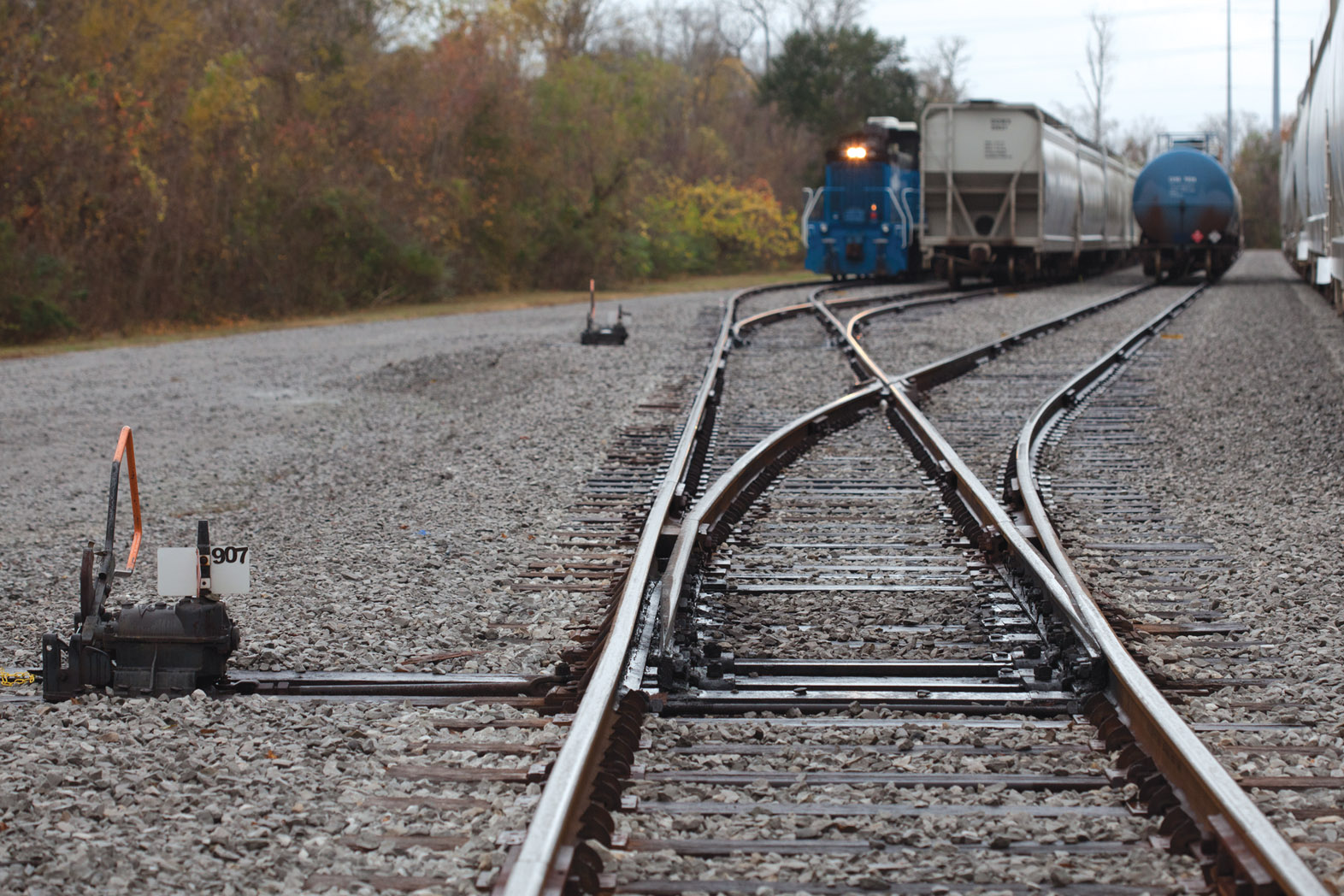2 min read
3 Best Practices to Reduce Risk in Rail Switching Operations
Posted on Jan 4, 2022 12:59:30 PM

Moving railcars is an inherently hazardous activity. The national average Total Recordable Injury Rate (TRIR) for rail companies in the U.S. has remained above 1.65 injuries (for every 100 employees working a year) for several years. If PSC is not at your site, here are a few key best practices to consider implementing.
Switching-Specific PPE – High-top lace-up boots reduce rolled (sprained) ankle injuries. Head lamps and reflective clothing are a must. A number of factors such as weather (fog, rain), darkness, and physical obstructions can limit visibility. Fortunately, the use of headlamps can reveal the presence of crew members even if they are not in the line of sight, and reflective clothing will make crew members visible regardless of time of day or weather conditions.
Consistent Radio Chatter – Insist on uniform terminology to avoid misunderstandings between engineer and switchman. Always repeat commands. Audit your current process by spending time listening to radio traffic.
Create a very precise process for moving between railcars – 25% of switching fatalities are caused by too-close or no clearance area when moving between railcars. Establish and enforce precise and detailed rules and communications for workers moving and/or operating between railcars.
By taking a comprehensive approach to risk reduction and by developing and following strict safety procedures, PSC’s switching injury rate has remained 10 times lower than the national average.
Contact us to eliminate problems in rail switching today!
